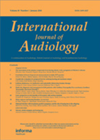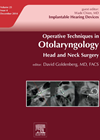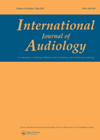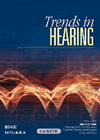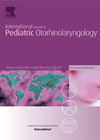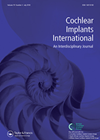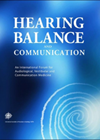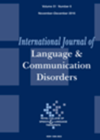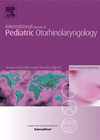
Journal Reviews
Promotion of trust with adult hearing impairment in hearing healthcare
The goal of this study was to assess how trust is promoted among adult hearing impaired patients seeking hearing healthcare. Previous interview transcript data collected from 29 adults across hearing health care centres in four countries was re-analysed thematically in...
Cochlear implantation techniques
This issue concentrates on the advancement in techniques within the field of implant otology starting with cochlear implantation. Here it is sub-divided into indications, candidacy (including full pre-operative testing and investigations), surgical technique and outcomes for both adults and children....
Diet quality, noise, and hearing
This is an important article for all audiologists to better understand the relationship between dietary habits and hearing loss. It reports poor dietary habits plus noise exposure may lead to increased high frequency hearing loss. The literature review lays the...
Controlling tinnitus
The absence of sufficient evidence for the use of integrated sound generators for the management of tinnitus led the authors to conduct a randomised blind clinical trial in which they compared the use of a conventional hearing aid with a...
Forward-going sound pressure wave with hearing thresholds
This article discusses an important and well-known point regarding the differences between coupler sound pressure measurements, used to calibrate earphones, and actual pressures delivered to the ear due to individual variances across patients. The study purports to suggest a new...
Inflammation associated with presbyacusis
Inflammaging and presbyacusis is a topic that few audiologists consider in their daily clinical routine due to lack of training in this area. Inflammaging is a chronic state of inflammation present throughout the body. The classic 1965 work by Rosen...
Cochlear implants with an absent or hypoplastic cochlear nerve?
The cornerstone of successful cochlear implantation has been the presence of a population of cochlear nerve endings which are able to mount a neural response to electrical stimulation. The authors of this paper present their experience of five children with...
Viral induced hearing loss
Viruses are a common cause of hearing loss both in children and adults. This article provides a good review of the viral causes of hearing loss and can be regarded as an essential read. The authors divide the viruses into...
How can we assess children with complex needs?
In the early days of cochlear implantation, children with additional disorders were being excluded as poor candidates whereas today a large number of children with complex needs are being referred for cochlear implant assessment. However, the related problems include difficulties...
Auditory processing in children with unilateral hearing loss
It is a common assumption that unilateral hearing loss (UHL) in children is of little consequence because appropriate development of speech and language can still occur with one normal hearing ear. Recent studies, however, suggest that there are significant differences...
Early habilitation for hearing impairment in children with Down syndrome
Approximately 40-80% of children with Down syndrome have hearing impairment in addition to speech and language impairment. The commonest cause of hearing impairment in young children is otitis media with effusion. This paper investigated the impact of early hearing loss...
BAHA stability measurement in children
This useful paper reports the experience of using resonance frequency analysis for single stage bone-conduction implants in a paediatric population. A smartpegTM is attached to the abutment and vibrated by a close quarters magnetic field. The amount of vibration is...

